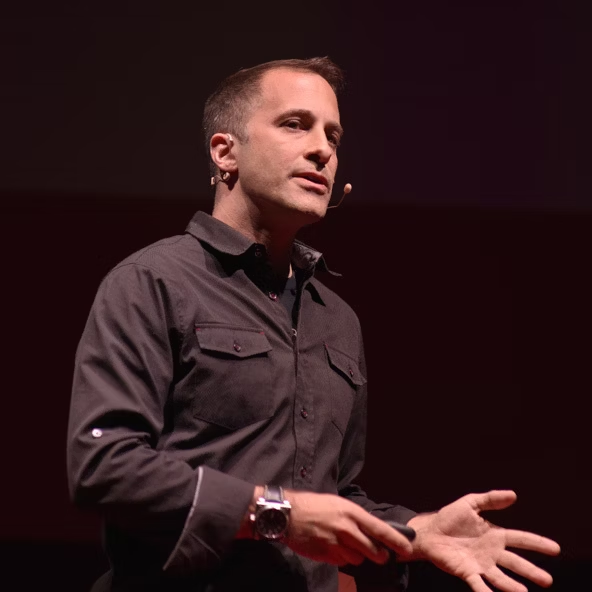“Within 50 years a legally binding “right to life” (a right not to be terminated or shut down with violation punishable as a capital offense) will be granted to software by some nation on Earth, effectively giving constitutional “human rights” to a software system.”
My reasoning is based on three ideas. First, everything physical will be digital. Nearly everything we do in the physical world now has a digital fingerprint of some sort. Additionally, the meteoric rise of IoT will happen long before 2065. Gartner forecasts that by 2020, there will be nearly 21 billion IoT devices. Imagine what another 45 years will bring. Thus, IoT will eliminate any remaining physical world-only vestiges.
Second, except for rare, mostly ceremonial reasons like weddings or graduation announcements, for instance, all of our communications already are digitally-enabled but our laws have not kept up. Social media is presenting some real world legal concerns. Facebook, for example, estimates 8,000 of its users die every day. It now has 30 million accounts held by dead people—that number will continue to grow. We have laws to address issues arising from our death related to physical concerns but not for digital concerns like determining who has access to our digital accounts.
As a move in this direction, Facebook advises users to add a “legacy contract” to grant limited control of your account to others after you die. After your legacy contact posts a final message, the company converts your profile to a memorial: your friends will never change and only remembrance messages can be posted. I think it’s plausible that we will have laws that will grant “right-to-life” to our social media accounts to help preserve them to ensure companies don’t deleting a dead users accounts without going through some discovery process. This is even more likely given the convergence of social media communications with IoT by 2065. Note: This step doesn’t doesn’t assume that the software in question needs to be self-aware to be given “human rights.”
Finally, a Kurweillian Singularity AI could lead to a self-aware digital avatars of ourselves. In the timeframe given, it’s likely that we will use social media avatars (i.e., software systems) to communicate with each other. So, instead of our current human user-on-software-on human user method, it will be software-on-software, humans have been removed from the interaction equation. We already are seeing some early indicators of this with the large spike in venture capital-backed Bot Startups.
Another, indicator is with our changing attitudes towards death itself. Millennials show more interest in preserving their digital stuff rather than their physical bodies and belongings. For example a grieving AI developer, Eugenia Kuyda, modified a bot into into a “living” memorial of her murdered best friend. She and her company combined Google’s TensorFlow with their own neural network software. By programming all of the hundreds of communications she had shared with her deceased friend over the years into her bot, she and her team created a chat bot that responds exactly like her friend used to do, thereby effectively granting him new life.
By 2065, it’s likely that personalized chat bots could become so good it will be impossible to distinguish them from the real thing (Kuyda, recently received $4.42 million in VC funding for AI chat bots). And if these bots are embedded in everything (IoT) we have, it will be very difficult to pull the plug and disconnect them without laws to address our future “avatar human’” rights when we die. — Dave Ramirez





